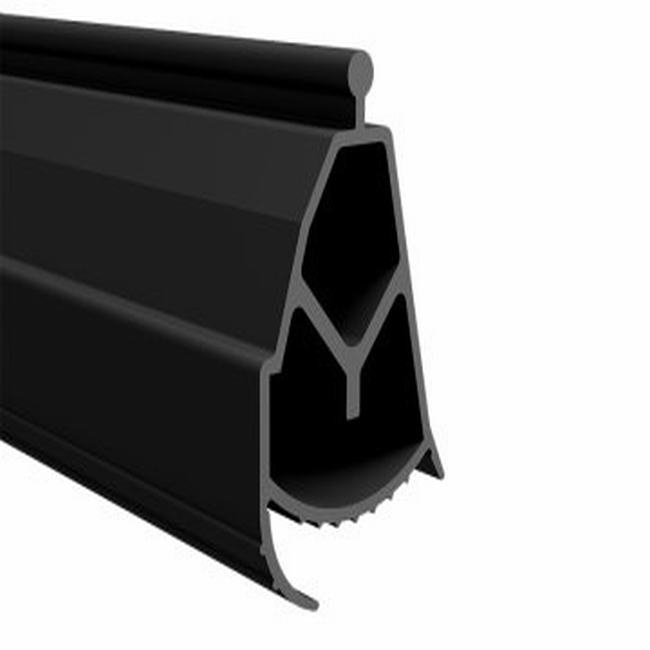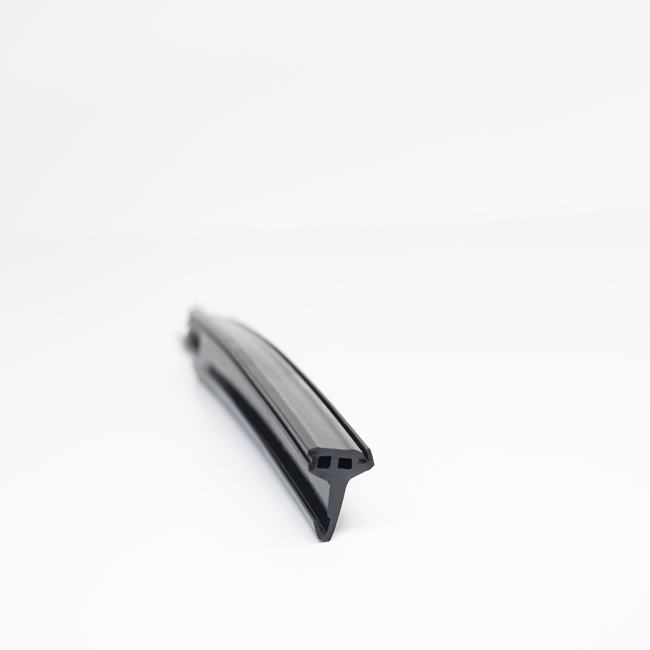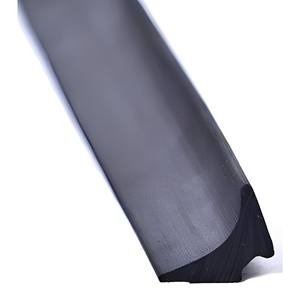Automatic door seals, also known as automatic door bottom seals or door sweeps, are crucial components in modern buildings and facilities equipped with automatic doors. These seals play a pivotal role in enhancing energy efficiency, indoor comfort, and security by sealing the gap between the door and the threshold when the door is closed. In this comprehensive description, we will explore the construction, functions, benefits, and various applications of automatic door seals.
Construction and Materials:
Automatic door seals are typically composed of the following key components:
- Sealing Element: The core of the seal consists of a flexible, resilient material, often made of neoprene, silicone, or EPDM rubber. This material is designed to compress when the door closes, forming a tight seal against the threshold.
- Aluminum or Stainless Steel Housing: The sealing element is housed in a durable, corrosion-resistant housing, which is often made of aluminum or stainless steel. This housing serves as a protective cover for the seal, ensuring its longevity and performance.
- Mechanism: Automatic door seals incorporate a mechanism that allows the seal to move when the door is operated. This mechanism can vary but commonly includes springs, brushes, or adjustable screws that control the downward movement of the seal when the door closes.
- Mounting Hardware: The seals come with mounting hardware, such as screws or clips, to secure them to the door’s bottom or edge.
Functions and Operation:
The primary functions and operation of automatic door seals can be summarized as follows:
- Sealing Gap: When the door is closed, the automatic door seal is engaged, and the sealing element is compressed against the threshold. This action seals the gap between the door and the floor, preventing the entry of outdoor elements such as drafts, moisture, dust, insects, and noise.
- Energy Efficiency: By sealing gaps, these seals contribute to improved energy efficiency in buildings. They help maintain a consistent indoor temperature by preventing the escape of conditioned air and the infiltration of outdoor air.
- Sound Insulation: Automatic door seals assist in reducing noise transmission between rooms or between indoor and outdoor spaces, creating a quieter and more comfortable environment.
- Security: These seals enhance security by preventing unauthorized access through gaps beneath doors, adding an additional layer of protection to facilities.
- Durability: The materials used in automatic door seals are chosen for their durability and resistance to wear and tear, ensuring long-lasting performance.
Benefits:
The use of automatic door seals offers several significant benefits:
- Energy Savings: Improved insulation and reduced energy loss result in lower heating and cooling costs, making buildings more energy-efficient.
- Enhanced Comfort: Airtight seals maintain a comfortable indoor environment, free from drafts and temperature fluctuations.
- Noise Reduction: Automatic door seals help create quieter spaces by minimizing noise transmission, particularly in busy or noisy environments.
- Improved Indoor Air Quality: By blocking outdoor elements like dust and allergens, these seals help maintain better indoor air quality.
- Environmental Sustainability: Energy-efficient buildings with automatic door seals contribute to reduced carbon emissions and a smaller environmental footprint.
Applications:
Automatic door seals find widespread applications in various settings, including:
- Commercial Buildings: They are commonly used in entrances to offices, retail stores, hotels, and healthcare facilities to maintain indoor comfort and security.
- Hospitals: In healthcare settings, these seals are essential for infection control, soundproofing, and energy efficiency.
- Hotels: Automatic door seals in hotels enhance guest comfort and reduce energy costs in common areas and guest rooms.
- Educational Institutions: They are employed in schools, universities, and colleges to create quieter learning environments and conserve energy.
- Residential Buildings: Automatic door seals are used in residential doors to improve energy efficiency and reduce noise infiltration.
- Industrial Facilities: These seals find applications in warehouses, manufacturing plants, and laboratories to maintain controlled environments.
- Retail Spaces: Automatic door seals help retailers save on heating and cooling expenses while enhancing the shopping experience.
In summary, automatic door seals are essential components in modern building design and construction. They contribute to energy efficiency, comfort, security, and noise control in a wide range of settings, making them indispensable for both commercial and residential applications. By effectively sealing gaps and improving the overall performance of doors, automatic door seals play a crucial role in creating more sustainable and comfortable indoor environments.







